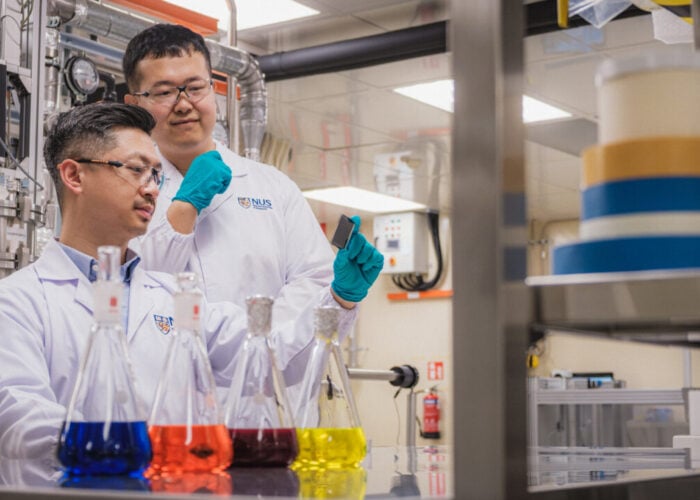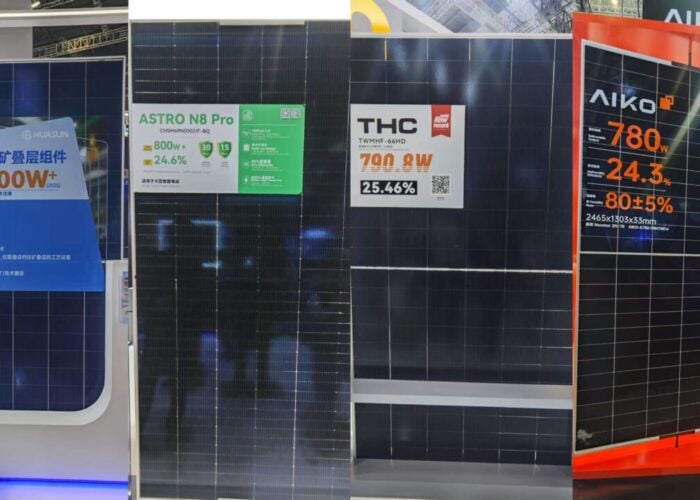
Researchers have claimed a record 30.1% conversion efficiency for four-terminal perovskite-silicon PV tandem cells.
Achieved by combining a perovskite solar cell with conventional silicon solar cell technologies, the result was presented during the 8th World Conference on Photovoltaic Energy Conversion in Milan, Italy last week.
Unlock unlimited access for 12 whole months of distinctive global analysis
Photovoltaics International is now included.
- Regular insight and analysis of the industry’s biggest developments
- In-depth interviews with the industry’s leading figures
- Unlimited digital access to the PV Tech Power journal catalogue
- Unlimited digital access to the Photovoltaics International journal catalogue
- Access to more than 1,000 technical papers
- Discounts on Solar Media’s portfolio of events, in-person and virtual
In four-terminal tandem devices, the top and bottom cells operate independently of each other, making it possible to apply different bottom cells, according to a press release.
The researchers improved the efficiency of the semi-transparent perovskite cells up to 19.7%, certified by standardisation organisation ESTI.
“This type of solar cell features a highly transparent back contact that allows over 93% of the near infrared light to reach the bottom device,” said Yifeng Zhao, PhD student at Delft University of Technology.
The silicon device – a heterojunction solar cell featuring optimised surface passivation – is optically stacked under the perovskite, contributing with 10.4% efficiency.
“Combined, 30.1% is the conversion efficiency of this non-area matched [four-terminal] tandem devices operating independently. This world’s best efficiency is measured according to generally accepted procedures,” Zhao said.
The result was achieved through a collaboration between teams at Delft University of Technology, research organisation the Netherlands Organisation for Applied Scientific Research (TNO), Eindhoven University of Technology and research and innovation centre Imec.
According to the scientists, the four-terminal architecture makes it straightforward to implement bifacial tandems to further boost the energy yield.
“Now we know the ingredients and are able to control the layers that are needed to reach over 30% efficiency,” said Gianluca Coletti, programme manager of tandem PV technology and application at TNO.
“Once combined with the scalability expertise and knowledge gathered in the past years to bring material and processes to large area, we can focus with our industrial partners to bring this technology with efficiencies beyond 30% into mass production.”
Publication of the results comes after researchers in the US recently constructed a perovskite solar cell with a certified stabilised efficiency of 24% that they said is both highly efficient and stable.







